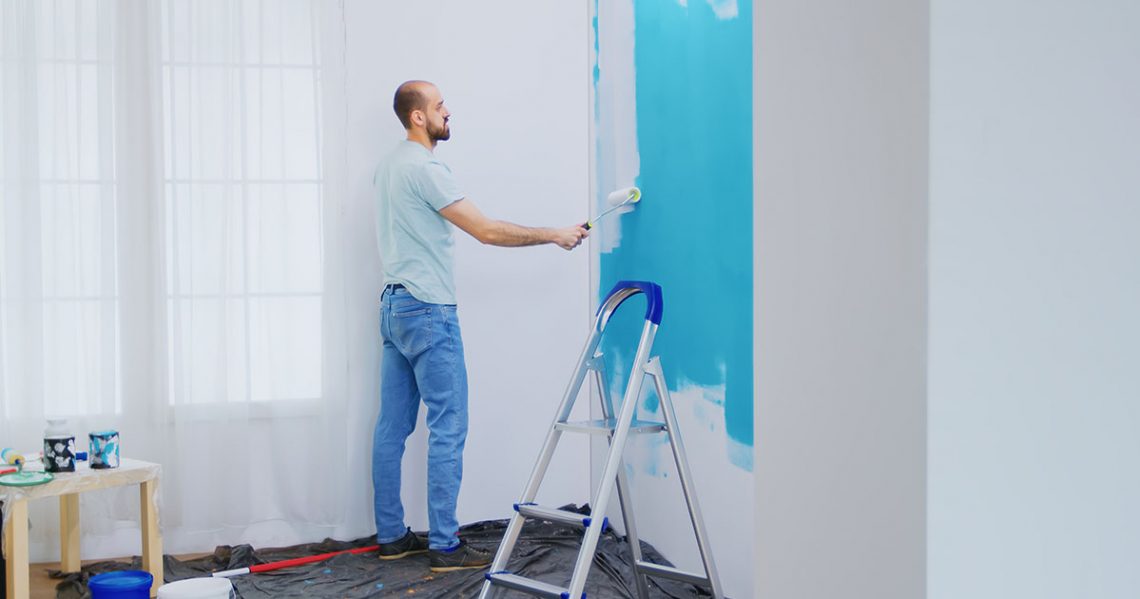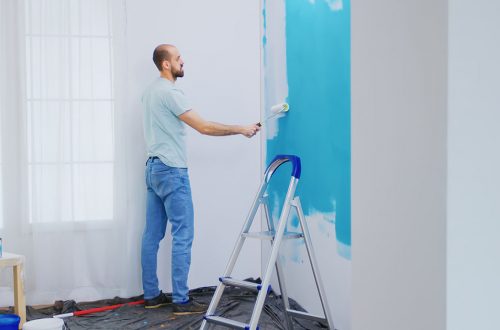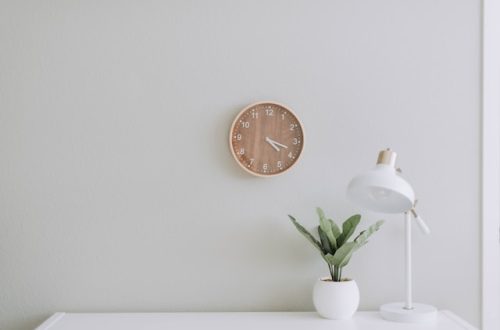
7 Tips to Cut Costs on Your House Painting Project
Whether you’re looking to refresh your home’s appearance or preparing it for sale, a house painting project can be a significant investment. But don’t fret; there are plenty of ways to save money without sacrificing quality. In this blog, we’ll share seven valuable tips to help you keep costs in check while achieving stunning results.
1. Plan and Prepare
- Planning: Before dipping your brush in paint, develop a detailed plan. Determine the project’s scope, select color schemes, and create a budget. This upfront planning can help you avoid costly changes or delays.
- Preparation: Properly prepare your surfaces by cleaning and repairing them. This ensures that the paint adheres well and prevents you from needing additional coats. Thorough preparation can save you money on paint and labor.
2. DIY or Hire Professionals?
Consider your skills and the complexity of the project. If you have experience and the time, doing it yourself can save labor costs. For larger, more intricate jobs, hiring professionals may be more cost-effective in the long run, as they can complete the job faster and with higher quality.
3. Choose Quality Paint
When it comes to paint, it’s essential to balance quality and cost. Investing in higher-quality paint might cost more initially, but it will require fewer coats and last longer, saving you money in the long term. Additionally, top-notch paint offers better coverage, reducing the quantity needed.
4. Buy Smart
- Bulk Purchases: Buying paint in larger quantities is often cheaper per gallon. Ensure you estimate your paint needs accurately to avoid waste.
- Discounts and Sales: Watch for promotions, sales, and discounts at your local paint store. Timing your project with seasonal sales can lead to significant savings.
5. Rent or Borrow Equipment
Rather than buying expensive painting equipment, consider renting or borrowing tools like paint sprayers, ladders, and scaffolding. This way, you can access professional-grade equipment without the hefty purchase price, saving you a considerable sum.
6. Opt for Time-Efficient Techniques
Choosing the right painting technique can significantly impact your project’s cost. For instance, using a paint sprayer can be faster and require less paint than traditional brushing and rolling. Be sure to weigh the pros and cons of each method and select the one that suits your project’s needs while saving time and money.
7. Prevent and Address Issues Early
Catch problems early to prevent expensive rework. Check for issues such as mold, mildew, or structural damage, and address them before painting. Neglecting these issues can lead to costly repairs down the line.
Bonus Tip: Maintain Regularly
Once your painting project is complete, make a habit of regular maintenance to extend the life of your paint job. Clean surfaces, repair any damage and touch up areas as needed to prevent the need for a complete repaint in the future.
Saving money on a house painting project is possible with strategic planning and smart choices. Whether you opt for a DIY approach or hire professionals, select quality paint, and take advantage of discounts, you can achieve beautiful results without breaking the bank. By following these tips, you’ll not only save on your current project but also enjoy long-lasting, cost-effective results that enhance the beauty and value of your home.




